Catnip Plant
- November 3, 2023
- 0 comment
Catnip, scientifically known as Nepeta cataria, is a fragrant herb that has captivated both feline and human enthusiasts for centuries. This low-growing perennial plant is native to Europe and Asia but has now spread to various parts of the world.
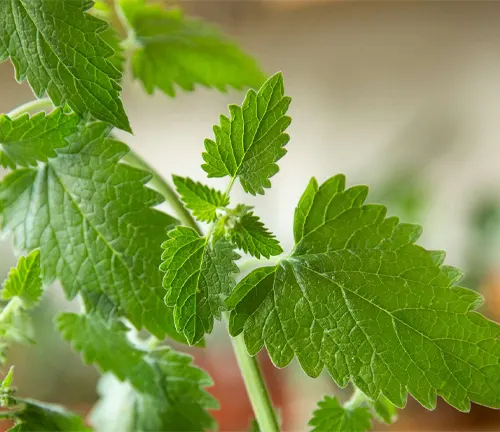
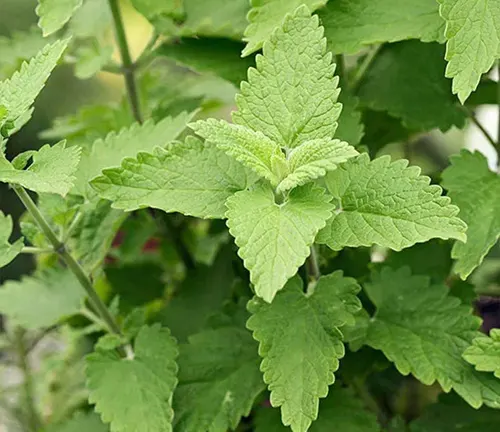
Catnip is renowned for its potent aromatic oils, particularly nepetalactone, which drives cats into a frenzy of excitement, causing them to roll, pounce, and play with the plant. It’s not just beloved by our furry friends, though; catnip has also been used in traditional medicine for its mild sedative properties, promoting relaxation and reducing anxiety in humans.
Gardeners and herbalists alike appreciate catnip for its easy cultivation and attractive, heart-shaped leaves, making it a versatile addition to gardens. Whether you’re looking to entertain your cat or harness the calming effects for yourself, the catnip plant is a charming and versatile herb with a long and intriguing history.
| Characteristics | Description |
| Scientific Name | Nepeta cataria |
| Common Names | Catnip, Catmint, Catwort |
| Family | Lamiaceae (Mint family) |
| Plant Type | Perennial herb |
| Size | Typically grows to a height of 2 to 3 feet (60 to 90 cm) |
| Foliage | Heart-shaped, gray-green leaves with serrated edges |
| Flowers | Small, tubular, and white with purple spots or stripes, clustered in spikes |
| Fragrance | Strong, aromatic scent due to the presence of nepetalactone |
| Preferred Soil Type | Well-drained soil with a slightly alkaline to neutral pH |
| Sunlight | Full sun to partial shade; it thrives in sunlight but can tolerate some shade. |
| Water Requirements | Moderate water needs; avoid overwatering to prevent root rot. |
| Growth Habit | Bushy, spreading growth with square stems |
| Propagation | Typically grown from seeds or cuttings |
| Hardiness Zones | Catnip is hardy in USDA zones 3-9, though it can grow as an annual in other regions. |
| Harvesting | Leaves and flowers can be harvested for use in cat toys or herbal teas. |
| Uses | Catnip is known for its stimulating effect on cats, but it is also used in traditional medicine for its mild sedative properties in humans. |
| Garden Benefits | Catnip can attract beneficial insects like bees and butterflies to the garden. |
| Cultivation | Easy to grow from seeds or cuttings, and it can become invasive if not contained. |
| Maintenance | Prune to encourage bushy growth and prevent flowering, as flowering reduces the potency of the nepetalactone. |
| Companion Plants | Catnip can be a good companion plant for certain vegetables, helping to deter pests like aphids and beetles. |
Botanical Beauty of “Catnip Plant”
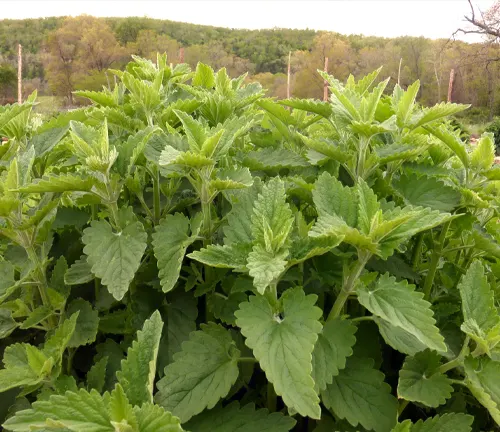
The Catnip plant, scientifically known as Nepeta cataria, is a botanical gem that captures the imagination with its unique charm. This perennial herb, belonging to the Mint family (Lamiaceae), is renowned not only for its practical uses but also for its aesthetic appeal in the garden. Its heart-shaped, gray-green leaves and delicate, tubular flowers create a visually appealing and fragrant addition to any landscape. In this article, we’ll explore the botanical beauty of the Catnip plant, delving into its appearance, growth habits, and the allure it holds for both humans and our feline companions.
Woodland Elegance
Catnip, despite its reputation as a cat’s delight, offers a sense of woodland elegance to gardens and natural landscapes. Its lush green foliage and tall spikes of white flowers, often adorned with purple spots or stripes, evoke a sense of calm and serenity. As it gently sways in the breeze, Catnip adds a touch of wild beauty reminiscent of the forest floor, making it a versatile choice for gardens that seek a natural, untamed aesthetic.

Ecological Importance
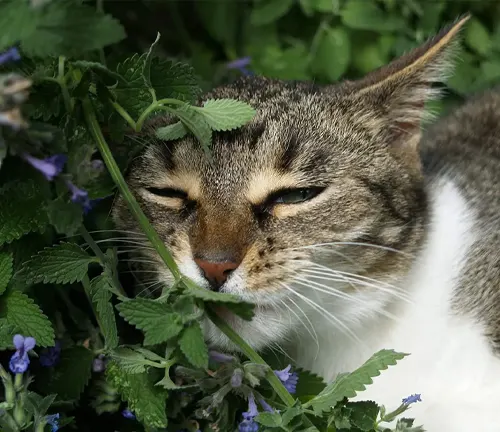
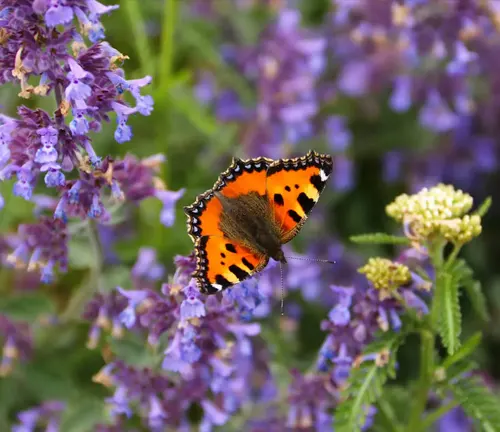
The ecological importance of the Catnip plant extends beyond its ornamental value. Catnip serves as a valuable resource for pollinators, especially bees and butterflies. The nectar-rich blooms attract these essential insects, promoting biodiversity and aiding in the pollination of other garden plants. In an era when pollinators face numerous challenges, the presence of Catnip can contribute to the well-being of local ecosystems.
Cultivation and Conservation
Catnip is remarkably easy to cultivate, making it accessible to both seasoned gardeners and beginners. It thrives in well-drained soil, ranging from slightly alkaline to neutral pH, and prefers full sun to partial shade. This adaptability, along with its ability to self-sow, makes Catnip a resilient and sustainable choice for gardeners. However, due to its invasive tendencies, it’s essential to consider its conservation by containing its growth and preventing it from overtaking other native plants.
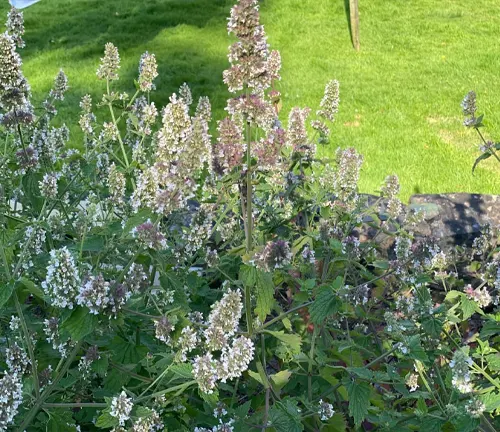
Fragrance
One of the most intriguing aspects of Catnip is its potent fragrance, primarily attributed to the compound nepetalactone. This aromatic oil is irresistible to cats, sending them into fits of excitement. For humans, the scent has a mild, herbal aroma with hints of mint and citrus. It’s this very fragrance that has also made Catnip a favored herb for traditional herbal remedies and aromatherapy, as it can induce a sense of relaxation and calm in people.
Soil Stabilization
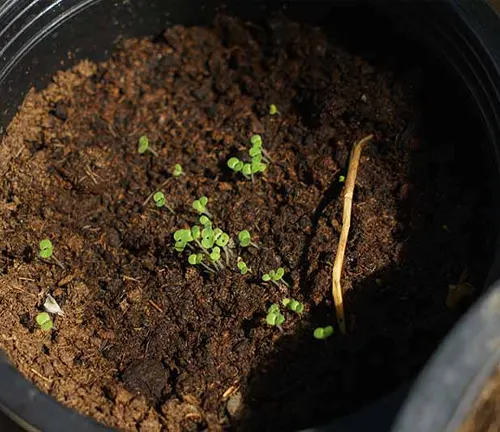
Beyond its ornamental and aromatic qualities, Catnip plays a crucial role in soil stabilization. Its extensive root system helps prevent soil erosion, making it an ideal addition to gardens on sloping terrain or in areas prone to erosion. By anchoring the soil, Catnip contributes to the overall health and stability of the garden ecosystem.
Common Uses
Catnip’s popularity extends well beyond the garden. For centuries, it has been used in traditional herbal medicine to alleviate mild anxiety and promote sleep in humans. Its leaves and flowers can be harvested for making soothing teas and herbal remedies. Furthermore, the dried leaves are often incorporated into cat toys and scratching posts to provide endless amusement for our feline companions.

Benefits
The Catnip plant offers a plethora of benefits that extend from its aesthetic appeal and ecological significance to its practical uses. Whether you seek to create a garden that celebrates its natural beauty, attract beneficial insects, or harness its soothing properties for humans, Catnip is a versatile and captivating addition to any landscape. Its ability to connect us with nature, calm our senses, and bring joy to our pets makes it a cherished herb with a multitude of virtues.
Different Plant
Nepeta mussinii
(Mussin’s Catmint)
This species is commonly known as Mussin’s Catmint and is favored for its low-growing, mounding habit and profuse lavender-blue flowers. It is a popular ornamental plant in gardens.
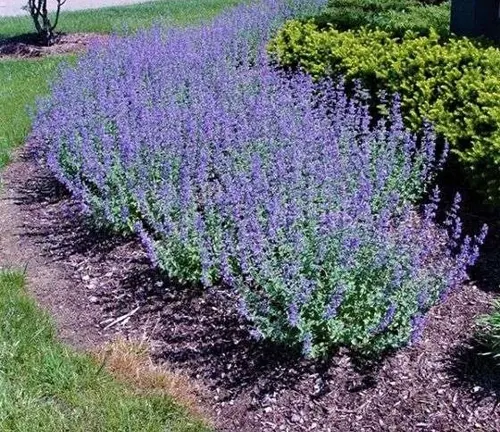
Nepeta faassenii
(Faassen’s Catmint)
Faassen’s Catmint is another widely cultivated species, known for its aromatic foliage and blue-purple flowers. It is a popular choice in landscaping and is less likely to stimulate cats compared to N. cataria.
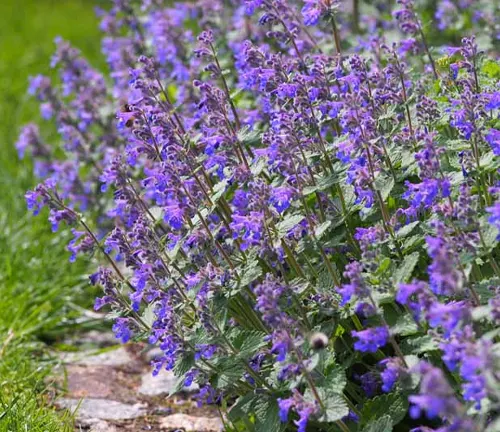
Nepeta racemosa
(Racemose Catmint)
Racemose Catmint features lavender-blue flower spikes and is appreciated for its ability to attract pollinators like bees and butterflies. It’s a hardy, clump-forming perennial.
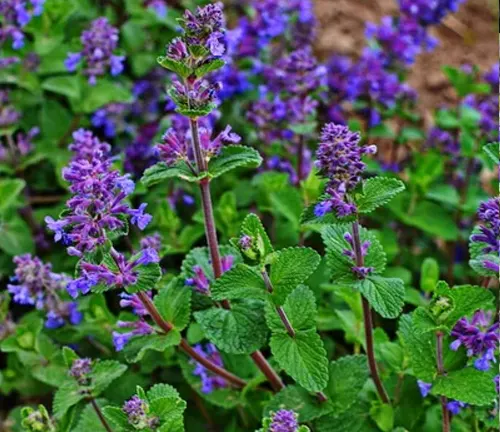
Nepeta x faasenii ‘Walker’s Low’
(Walker’s Low Catmint)
This cultivar of N. faassenii is prized for its compact, mounding growth and profusion of lavender-blue flowers. It’s a popular choice for borders and rock gardens.
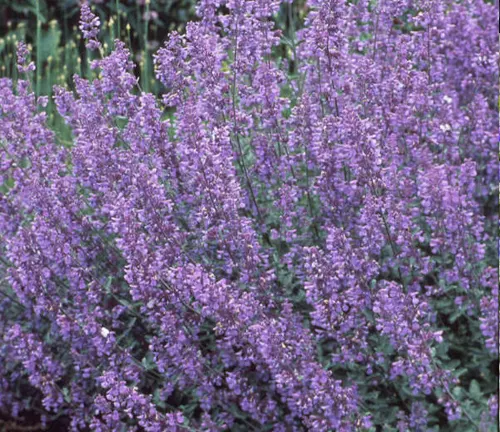
Nepeta grandiflora
(Giant Catmint)
As the name suggests, this catmint species produces large, showy blue flowers. It’s a favorite among gardeners looking for a striking and pollinator-friendly plant.

Nepeta subsessilis
(Japanese Catmint)
Native to Japan, this catmint species has heart-shaped leaves and pale lavender flowers. It’s known for its vigorous growth and adaptability to different conditions.
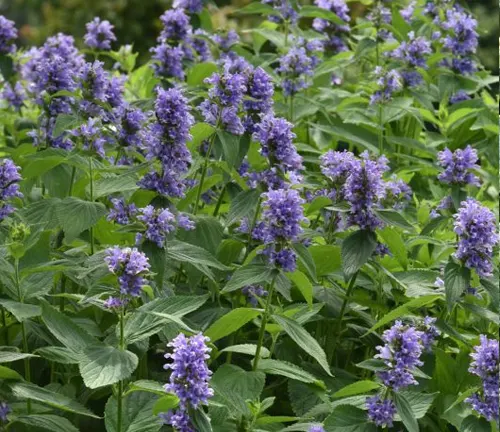
Nepeta nepetella
(Yellow Catmint)
Unlike many other catmints, Yellow Catmint produces yellow flowers. It’s a unique and attractive option for those seeking something different in the garden.
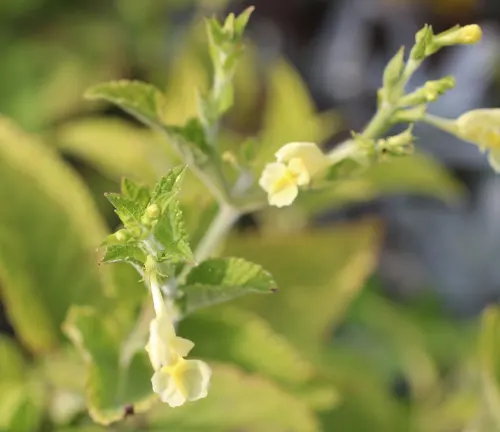
Nepeta sibirica
(Siberian Catmint)
This catmint species is known for its cold tolerance and bright lavender-blue flowers. It’s a good choice for northern climates.
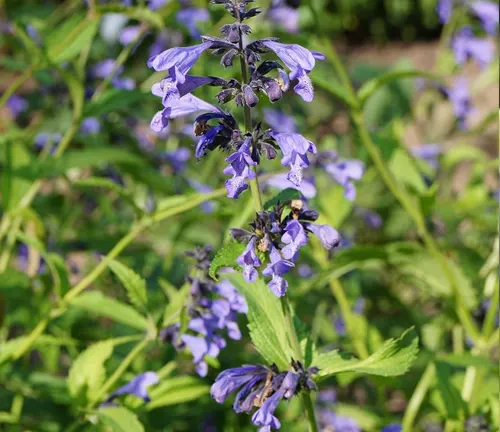
Frequently Asked Questions (FAQs)
1. What is Catnip?
Catnip (Nepeta cataria) is a herbaceous plant known for its aromatic leaves and attractive white or purple-spotted flowers. It’s famous for its effects on cats, but it also has uses in herbal medicine and gardening.
2. Why do cats love Catnip?
Cats are attracted to Catnip due to a compound called nepetalactone found in the plant. When cats come into contact with it, whether by sniffing or chewing, it can induce playful behavior, rolling, and excitement.
3. Is Catnip safe for cats?
Catnip is generally considered safe for cats, and most cats enjoy it without any harm. However, some cats may not be responsive to it, and excessive consumption should be avoided as it can lead to overstimulation.
4. Can Catnip be grown at home?
Yes, Catnip is relatively easy to grow at home. It can be cultivated from seeds or cuttings and thrives in well-drained soil with sunlight. It’s a great addition to herb gardens or as an ornamental plant.
5. How do I use Catnip in herbal remedies for humans?
Catnip leaves and flowers can be harvested and dried to make herbal teas. It is often used to promote relaxation, relieve stress, and aid in sleep.
6. What are the benefits of Catnip for humans?
Catnip has mild sedative properties that can help reduce anxiety and promote relaxation in humans. It’s often used in herbal remedies for stress relief and sleep improvement.
7. Can I grow Catnip indoors for my cat?
Yes, Catnip can be grown indoors in pots or containers for your cat’s enjoyment. Make sure it gets enough sunlight and is placed where your cat can access it.
8. What are the ecological benefits of Catnip in gardens?
Catnip can attract beneficial insects like bees and butterflies, contributing to pollination and overall garden biodiversity. It also helps stabilize soil and prevent erosion.
9. Is Catnip invasive in the garden?
Catnip has a tendency to self-sow and spread. While this can be an advantage in some cases, it can become invasive in certain settings. Regular pruning and containment measures can help control its growth.
10. Are there different species of Catnip and catmint?
Yes, there are various species and cultivars of Catnip and catmint, each with its unique characteristics and appearances, suitable for different gardening preferences.


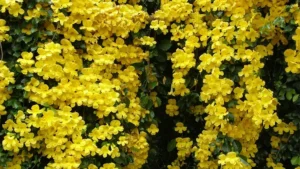

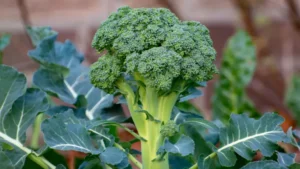

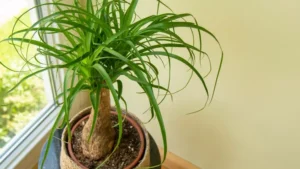
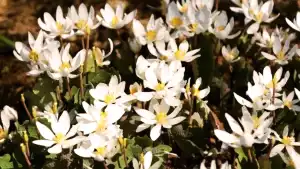
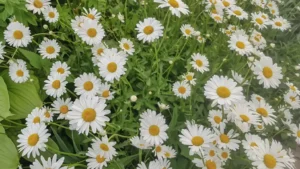
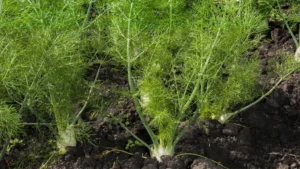


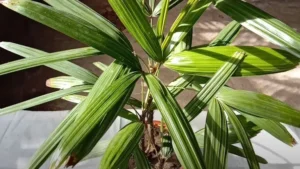
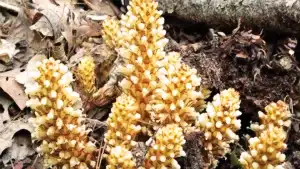
Leave your comment